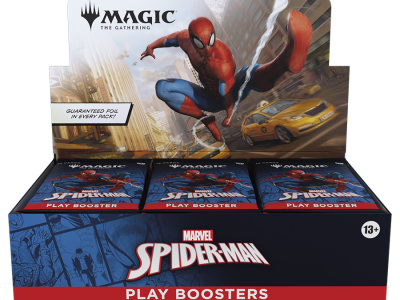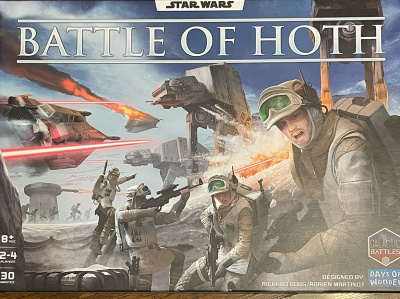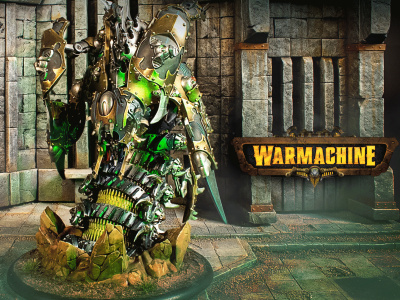Their new Conditioning Guide helps add descriptive terms, like Lightly Played or Near Mint, to the condition of an individual card as it is being evaluated. Evaluating card condition is not to be confused with grading, as grading involves applying numerical values to an individual card to indicate its quality. Conditioning uses measurement and metrics to establish standards, but does not require a ruler or other tools, as would be the case when a card is graded (sentence updated as clarified by TCGplayer on 3.1.2022). This new Card Conditioning Guide has been adopted by TCGplayer's Authentication Center and will be used in conjunction with the Direct by TCGplayer service (see "Direct by TCGplayer").
"Today, we are taking the best practices we've developed from our Direct program and codifying them for the broader TCG community," said Chedy Hampson, Founder and CEO of TCGplayer. "We are standardizing the conditioning process used to determine the correct quality of a card and creating a more consistent customer experience for everyone, advancing our never-ending work to establish a Community for All across the hobby collectible ecosystem."
The highlights of the Conditioning Guide include creating consistency for attributing wear on cards that is not art of the printing process, and defining the different types of imperfections possible on a card. It also sets the condition standards for Near Mint, Lightly Played, Moderately Played, Heavily Played, and Damaged Cards. An interesting point of note in the guide is that the definition for Damaged Cards still includes cards with non-manufacturer ink on them, which would technically encompass cards with artist autographs or original, painted or hand-drawn art alters on them.









